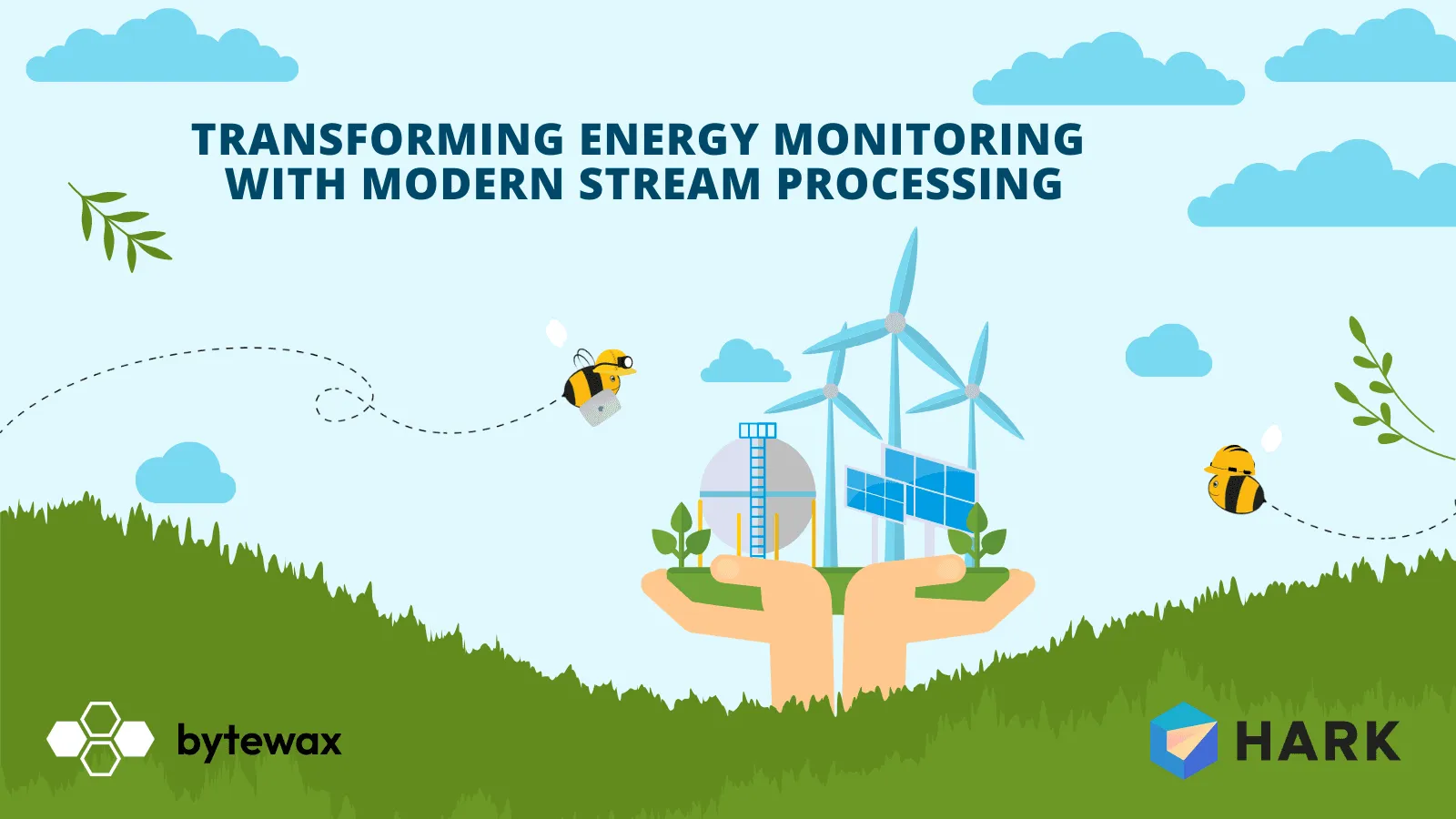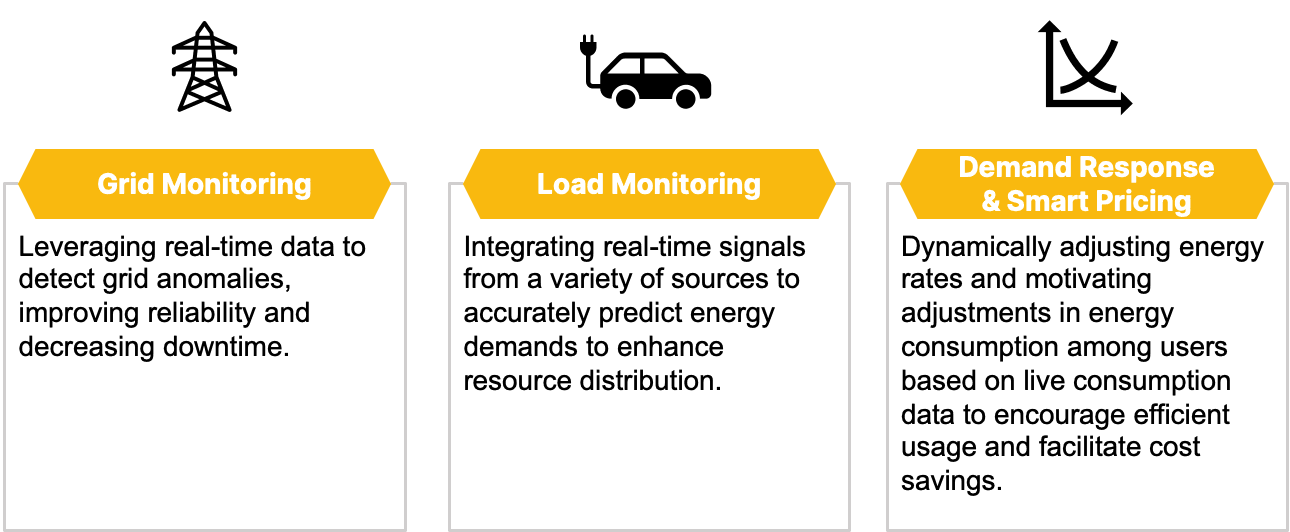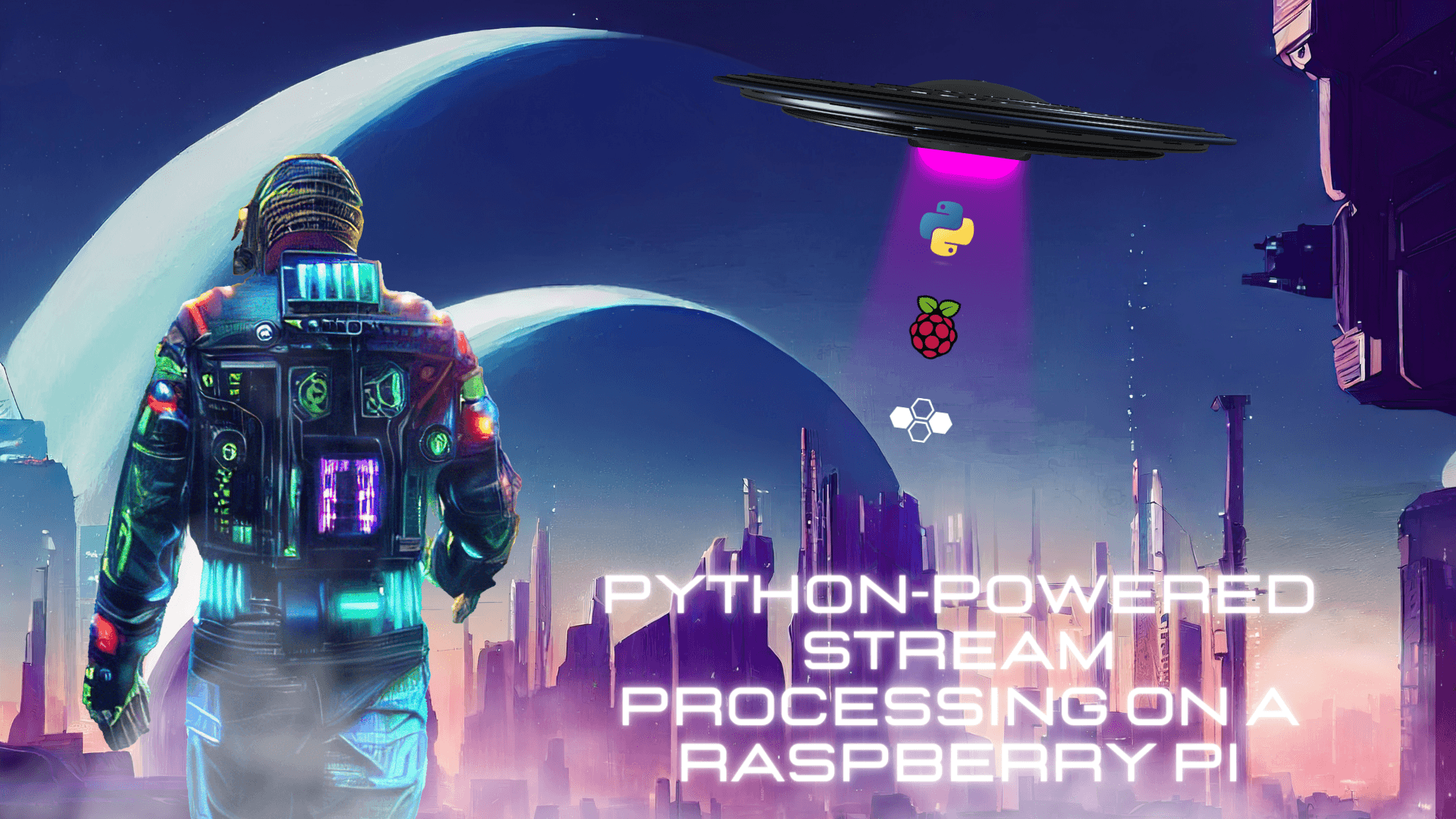

The energy sector is undergoing a pivotal transformation characterized by significant structural changes in production, transmission, distribution, and consumption. The shift towards decentralized production sources, such as small-scale renewable energy systems, and the move from unidirectional to bidirectional distribution networks highlight the increasing complexity of managing the energy market. This complexity is further accentuated by the active participation of consumers who not only consume energy but also produce it via solar panels and store it using battery systems.
Energy Management Challenges
Overview of Structural Challenges
- Decentralization of Production: Transition from a few large power plants to numerous small, decentralized energy producers.
- Transmission and Distribution: Evolution from centralized transmission to more regional and small-scale systems, alongside the transformation from top-down to bidirectional distribution models.
- Consumer Role: Shift from passive energy consumers to proactive participants with the integration of home-based solar energy production and battery storage solutions.
Increasing Complexity These structural changes contribute to an increasingly complex and challenging energy market, necessitating advanced management techniques to maintain stability and efficiency. The growing complexity demands:
- Smart Grids: Coordination of demand and supply in real-time.
- Smart Meters and Appliances: Integration of devices that provide continuous data streams.
The Need for Real-time Energy Monitoring
Traditional energy management systems often struggle with latency issues, hindering their ability to provide meaningful real-time insights and make immediate, impactful decisions. A solution that offers granular, real-time insights into energy usage patterns is critical for reducing energy costs, enhancing operational efficiency, and achieving sustainability goals.
Introducing data streaming technologies into energy monitoring enables the dynamic analysis of energy consumption data as it is generated. This real-time capability is essential for addressing the complex demands of modern energy management.
Why Bytewax is a Popular Choice for the Modern Energy Stack
As a part of the modern Machine Learning stack, developers in the energy industry - grid operators, traders, technology providers, or producers - have discovered Bytewax to build smart energy monitoring solutions.
When asked about their reasons for choosing Bytewax, the following arguments are frequently mentioned:
- Python-Native Framework: Facilitates the integration of streaming data into Python-based ML/AI environments, enhancing accessibility and adaptability for energy companies.
- Scalability and Performance: Powered by a robust Rust engine, Bytewax efficiently handles large volumes of high-velocity data.
- Stateful Data Processing: Essential for continuous monitoring and real-time threat detection in dynamic environments.
- Flexibility and User-Friendliness: Easy installation and deployment, coupled with seamless integration with familiar Python tools.
- Edge Computing Capabilities: Supports data aggregation and preprocessing at the edge, enabling ultra-low latency operations for anomaly detection and monitoring.
The Bytewax Effect at Hark
Hark, a leader in energy-saving solutions, has deeply integrated Bytewax in its smart energy platform to provide real-time data and alerts, along with targeted integrations to smart appliances like heating and EV charging.
Bytewax enables Hark to deploy new features and updates quickly, significantly reducing its time to market. Erlend Faxvaag Johnsen, Data Engineer at Hark, describes the impact of Bytewax as follows:
“A single engineer was able to build and deploy a real-time system to production in days and has spent 0 time maintaining it.”
The acceleration of the development lifecycle is not the only benefit that Hark has seen since adopting Bytewax. Bytewax also improved system reliability, significantly lowering operational costs:
“As of today Bytewax outperforms the previous Kafka JS based service and has been running uninterrupted for 6 months, without a single incident despite continuously onboarding new customers.”
Common Use Cases for Bytewax
Bytewax is an popular choice for enabling critical use cases in the energy industry that require real-time machine learning. We see the following popular use cases in our developer community:

Illustrative Solution Architecture
The Benefits of Modern Stream Processing
The combination of edge and cloud stream processing with Machine Learning can have significant benefits for energy companies. Edge processing facilitates early anomaly detection, while advanced ML algorithms hosted in the cloud enhance demand forecasting accuracy and improve demand management through strategic pricing and smart appliance control
Built on modern technologies, Bytewax makes it easier than ever to harvest the benefits of low latency through edge processing with a more than 10x lower footprint compared to Flink and to natively integrate with powerful Machine Learning algorithms.
Moreover, the switch to Python-native streaming radically simplifies and accelerates building streaming pipelines as it removes the need for specialized engineers and separate infrastructure. Bytewax users have seen up to 5 times faster time to production. This allowed our users to refine their technological stacks through modern DevOps practices, all while maintaining low maintenance overhead.
Python-Powered Stream Processing on a Raspberry Pi



